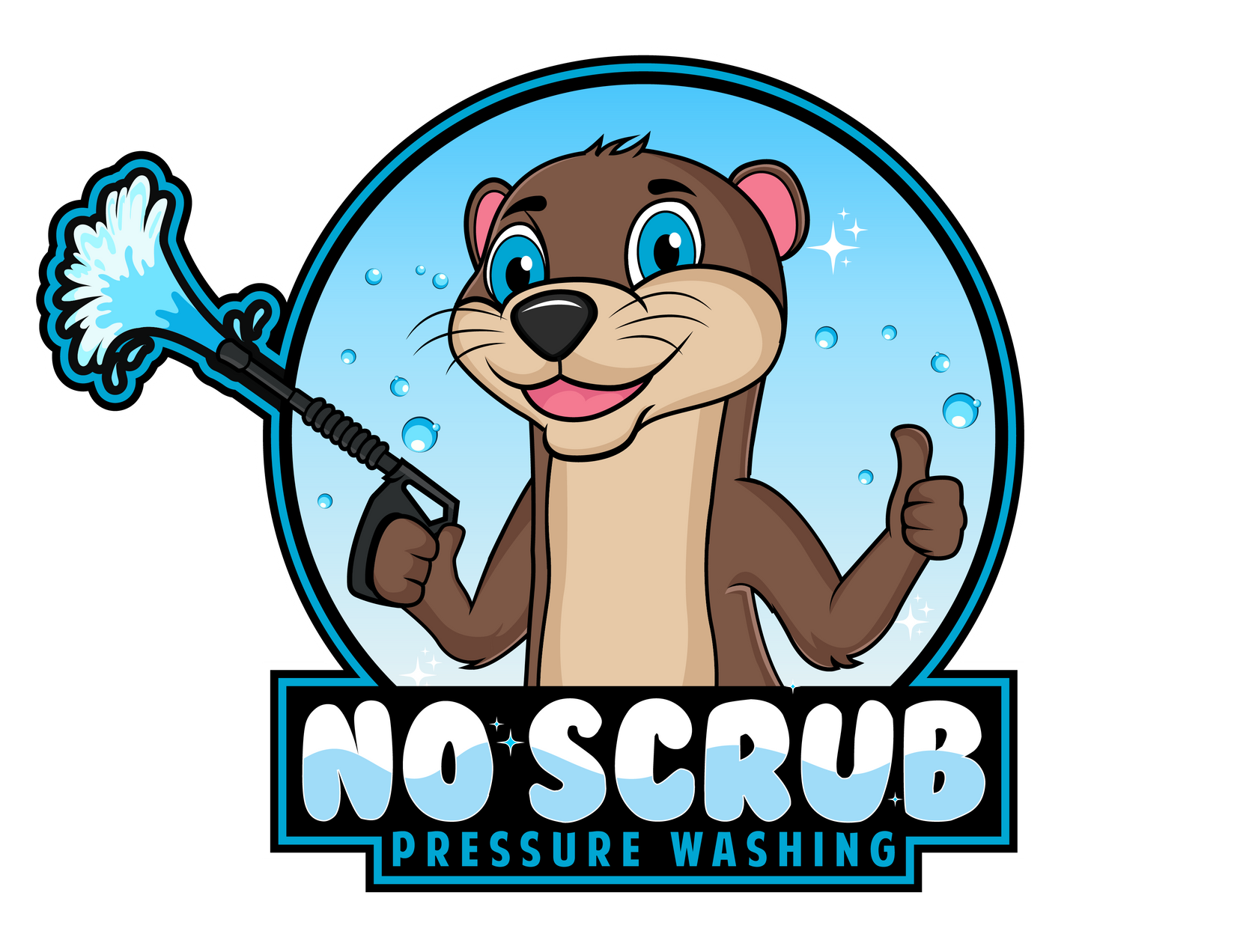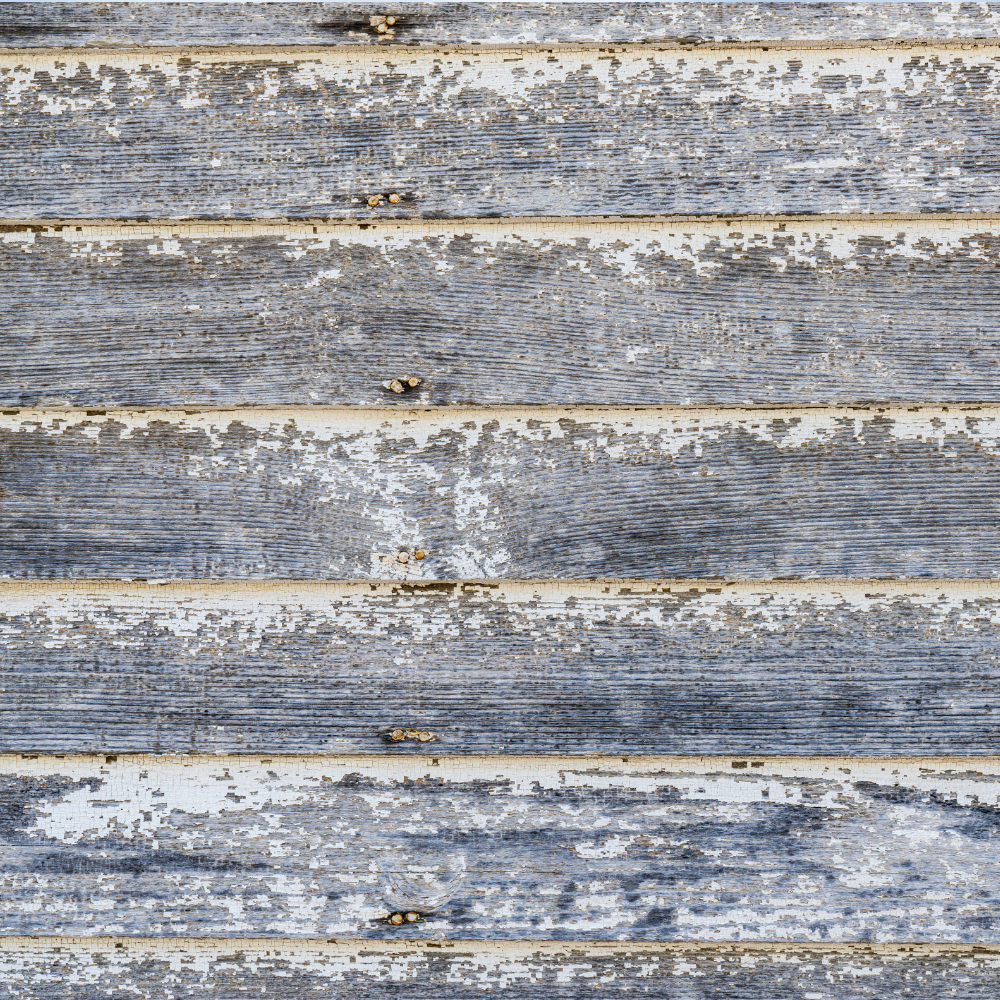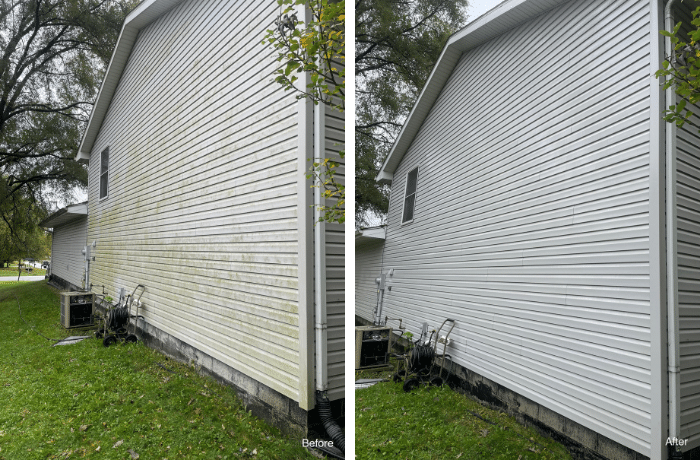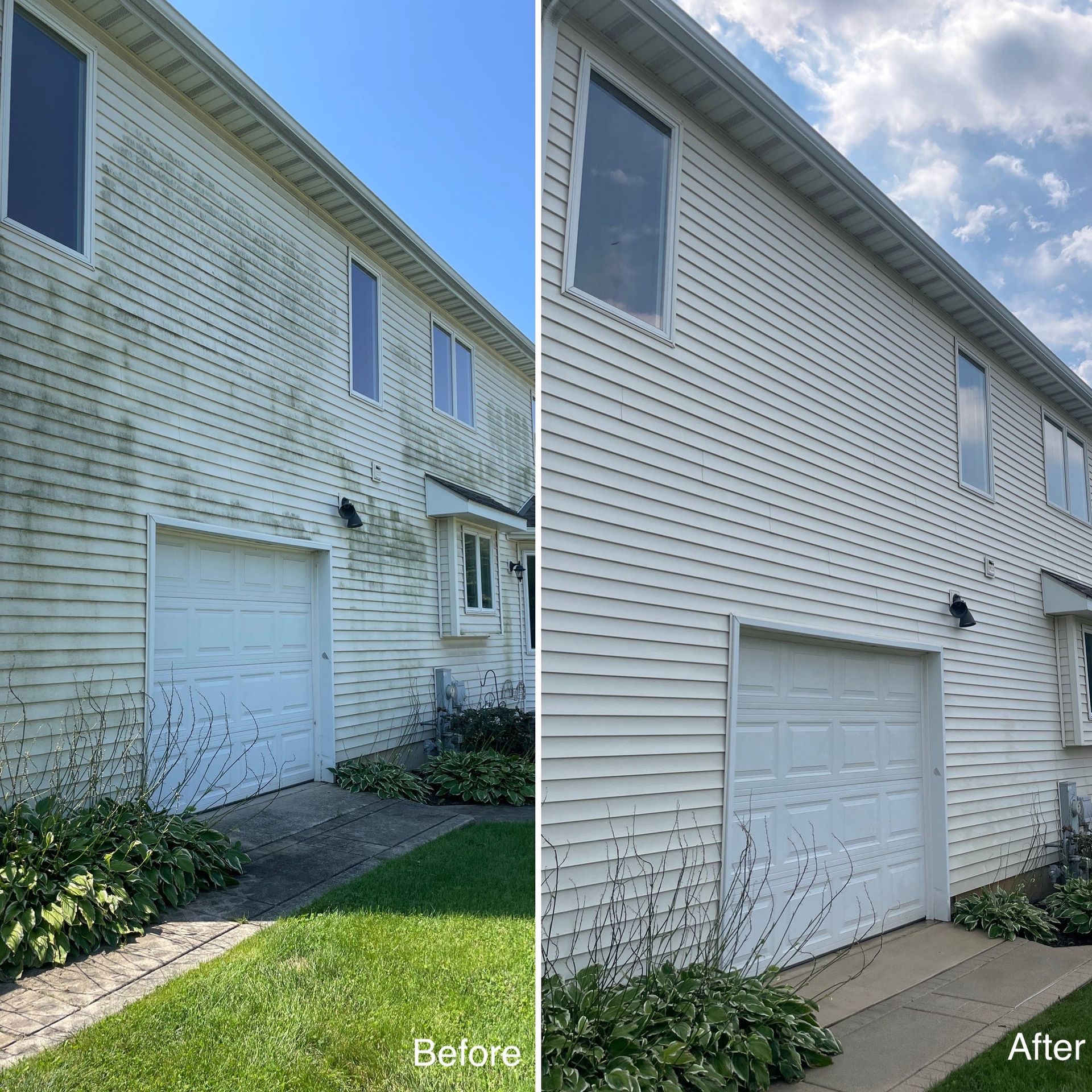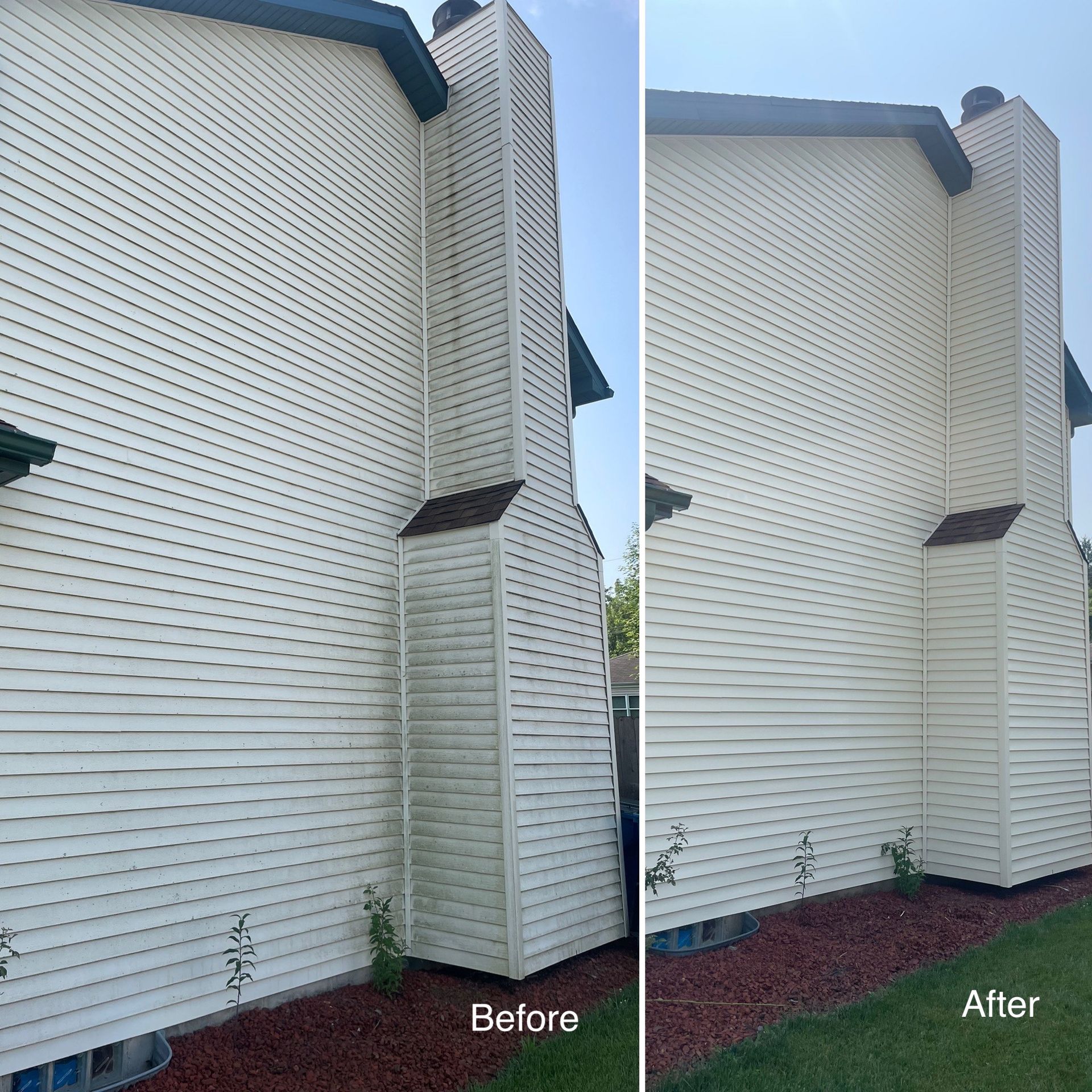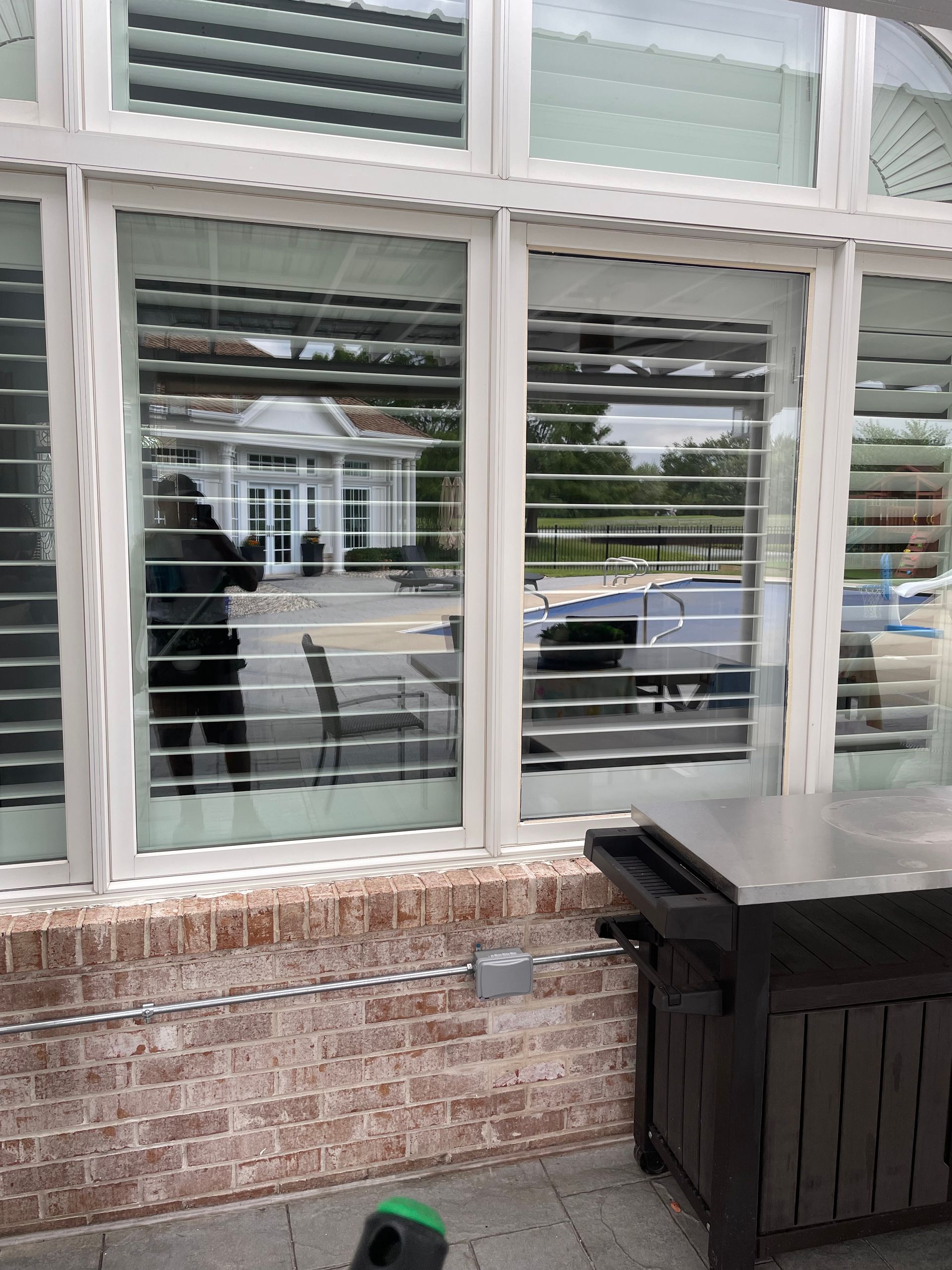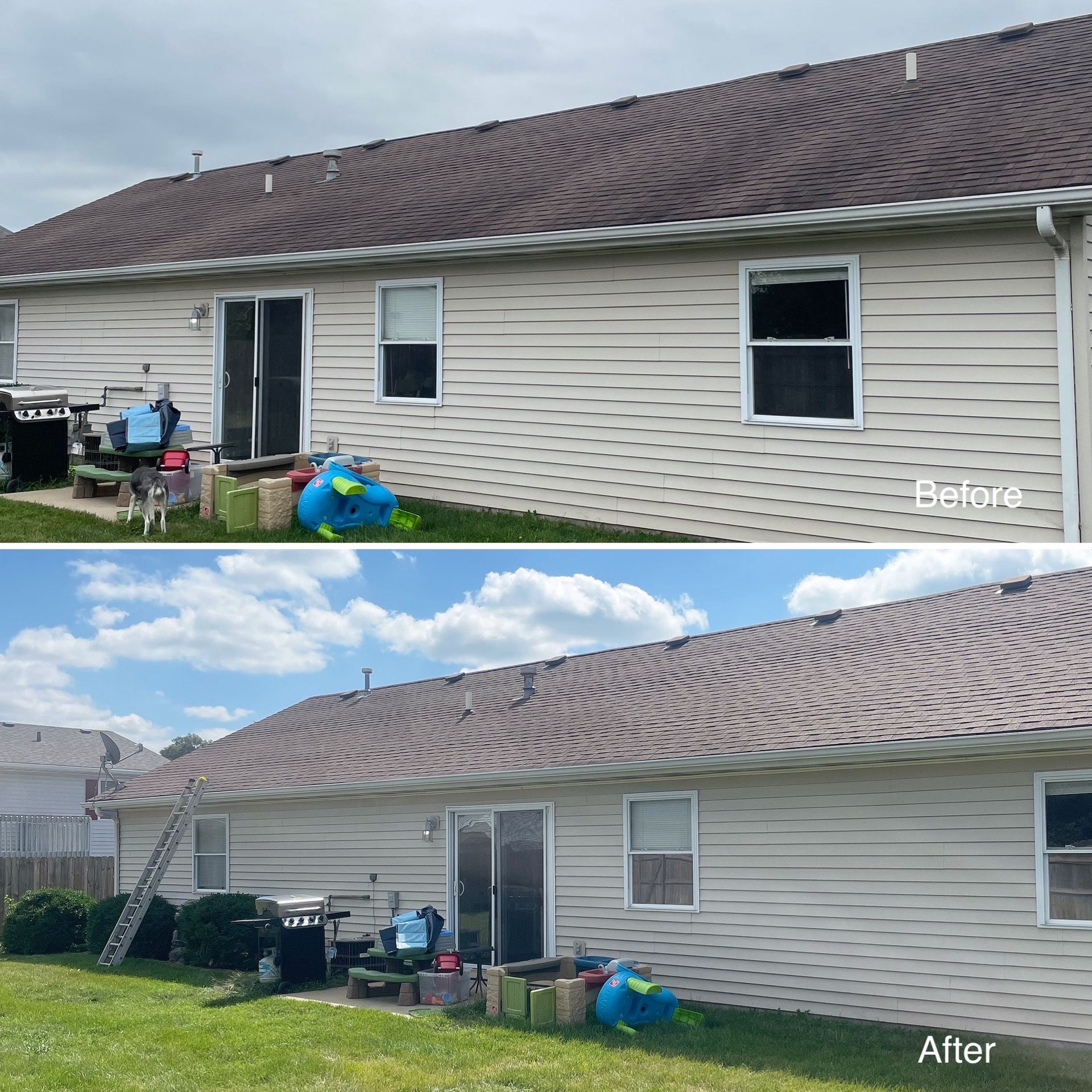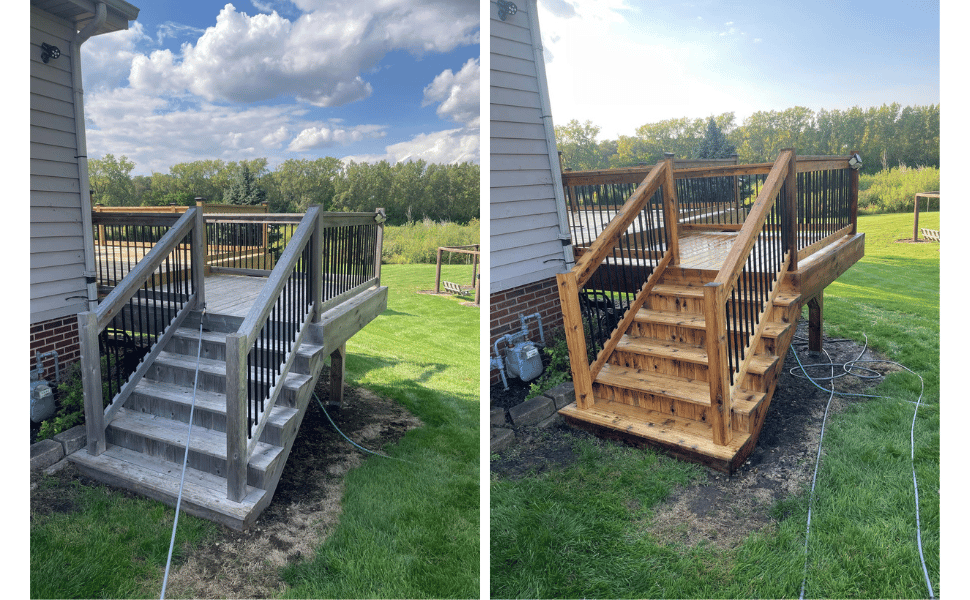Cheap Pressure Washing vs. Professional Care: Saving Your Wood Deck from Disaster
This is a subtitle for your new post

Wood decks are a beautiful addition to any home, offering a space for relaxation and outdoor gatherings. However, maintaining a wood deck requires careful attention, especially when it comes to cleaning. Many homeowners face the dilemma of choosing between cheap pressure washing and professional care. While a budget-friendly approach might seem appealing, it can lead to costly damage. In this article, we’ll explore the risks of cheap pressure washing, the benefits of professional care, and how to protect your wood deck from disaster. With insights grounded in expertise, this guide will help you make an informed decision.
Why Wood Deck Maintenance Matters
A wood deck is an investment that enhances your home’s value and aesthetic appeal. Without proper care, exposure to weather, dirt, mold, and mildew can cause wood to deteriorate. Regular cleaning is essential to preserve its beauty and longevity. However, the method you choose—cheap pressure washing or professional care—can make all the difference.
Improper cleaning techniques can strip protective finishes, cause splintering, or even warp the wood. According to the National Association of Home Builders, poorly maintained decks can lose up to 50% of their lifespan, leading to costly repairs or replacements. Let’s dive into the risks of cheap pressure washing and why professional care is often the smarter choice.
The Risks of Cheap Pressure Washing
1. Damage from High Pressure
Cheap pressure washing services often use high-pressure settings to save time, but this can devastate wood decks. Wood is a soft, porous material that can’t withstand excessive force. High pressure can:
- Strip away sealants and stains, leaving the wood vulnerable to moisture.
- Cause splintering or fraying, ruining the deck’s surface.
- Create uneven cleaning patterns, leading to an unsightly appearance.
The Forest Products Laboratory highlights that excessive pressure can remove the wood’s natural fibers, weakening its structure over time.
2. Inexperienced Operators
Low-cost services often employ untrained or inexperienced workers who may not understand the nuances of cleaning wood decks. They might use incorrect nozzles, pressure settings, or cleaning solutions, causing irreversible damage. For example, using a narrow spray tip can gouge the wood, while improper detergents can strip finishes or leave harmful residues.
3. Neglecting Preparation and Aftercare
Cheap pressure washing services often skip critical steps like pre-treating mold, applying the right cleaning solutions, or sealing the deck after washing. Without these steps, your deck remains exposed to UV rays, moisture, and fungi, accelerating wear and tear.
4. Hidden Costs of Repairs
While cheap pressure washing might save you money upfront, the long-term costs can be significant. Damaged wood may require sanding, refinishing, or even board replacement. According to HomeAdvisor, deck repairs can cost anywhere from $500 to $2,500, far outweighing the savings from a budget service.
The Benefits of Professional Deck Care
Professional deck cleaning services offer expertise, specialized equipment, and tailored solutions that protect your investment. Here’s why they’re worth considering:
1. Customized Cleaning Techniques
Professionals assess your deck’s condition, wood type, and existing finishes before cleaning. They use low-pressure washing (often called “soft washing”) to gently remove dirt and grime without damaging the wood. For example, cedar decks require different care than pressure-treated pine, and professionals know how to adjust their approach.
2. Specialized Equipment and Solutions
Professional services use commercial-grade equipment with adjustable pressure settings and eco-friendly cleaning solutions. These products are designed to remove mold, mildew, and algae without harming the wood or the environment. According to the Environmental Protection Agency, eco-friendly cleaners reduce the risk of chemical runoff, protecting your yard and local waterways.
3. Proper Preparation and Sealing
Professionals follow a comprehensive process that includes:
- Pre-treatment: Applying mold and mildew removers to loosen stubborn stains.
- Low-pressure cleaning: Using the right pressure to clean without damage.
- Post-cleaning sealing: Applying a high-quality sealant to protect against UV rays, moisture, and wear.
Sealing is critical, as it can extend your deck’s life by up to 5 years, per the International Association of Certified Home Inspectors.
4. Long-Term Cost Savings
While professional care may cost more upfront (typically $200–$500 for a standard deck, per Angi), it prevents costly repairs and extends your deck’s lifespan. A well-maintained deck can last 20–30 years, compared to 10–15 years for a neglected one.
How to Spot a Reputable Professional Service
Not all professional services are created equal. To ensure you’re hiring a trustworthy provider, look for these qualities:
- Experience and Certifications: Choose a company with a proven track record and certifications from organizations like the Power Washers of North America.
- Customer Reviews: Check platforms like Yelp or Google Reviews for feedback from previous clients.
- Transparent Pricing: Reputable companies provide clear estimates and explain their process.
- Insurance and Licensing: Ensure the company is insured to cover any accidental damage to your property.
DIY Pressure Washing: Is It Worth the Risk?
Some homeowners consider renting a pressure washer to save money. While this can work for small, sturdy surfaces like concrete, it’s risky for wood decks. Without proper training, you might:
- Use too much pressure, damaging the wood.
- Choose the wrong cleaning solutions, stripping finishes or harming plants.
- Skip sealing, leaving the deck vulnerable.
If you opt for DIY, follow these tips to minimize risks:
- Use a pressure washer with adjustable settings (1,500 PSI or lower).
- Choose a wide-angle nozzle (40 degrees or more) to disperse pressure.
- Test on a small, hidden area first.
- Apply a sealant within 48 hours of cleaning to protect the wood.
However, for most homeowners, the time, effort, and potential for mistakes make professional care a better choice.
How to Maintain Your Wood Deck After Cleaning
Whether you choose professional care or a reputable cleaning service, ongoing maintenance is key to preserving your deck. Here are expert tips to keep your deck in top shape:
- Sweep Regularly: Remove leaves, dirt, and debris to prevent mold growth.
- Inspect Annually: Check for loose boards, splintering, or signs of rot. Address issues promptly to avoid bigger problems.
- Reapply Sealant: Depending on your climate, reseal every 1–3 years to protect against moisture and UV damage.
- Use Furniture Pads: Place pads under furniture to prevent scratches and water pooling.
- Avoid Harsh Chemicals: Use mild, wood-safe cleaners for spot cleaning.
For more maintenance tips, check out This Old House.
Final Thoughts: Protect Your Wood Deck with the Right Choice
Your wood deck deserves care that preserves its beauty and durability. While cheap pressure washing might seem like a quick fix, the risks of damage, costly repairs, and a shortened deck lifespan outweigh the savings. Professional care, with its tailored techniques, specialized equipment, and focus on long-term protection, is the smarter investment.
By choosing a reputable professional service and following proper maintenance practices, you can enjoy a stunning, long-lasting wood deck for years to come. Ready to make the right choice? Contact a certified deck cleaning professional today or visit our blog for more tips.
